KFEET at 15:
One of the most amazing things about Karura Forest is its biodiversity.
The minibeasts, consisting of insects and other small creatures like millipedes, centipedes and spiders, are a huge part of the ecosystems within the forest. Every once in a while, we come across some uniquely beautiful minibeasts, who pop up, almost as if to say hello, before they disappear once again into the depths of Karura’s flora.
Meet the Giant Conehead Mantis (Empusa pennata) , a species of praying mantis with large eyes and a cone-shaped head. This alien-looking insect is most often found in North Africa, or parts of Southern Europe. On this Monday morning, however, it was enjoying the early morning sun’s rays outside our KFEET offices. The unique colours of this beautiful insectivore are a sight to behold!
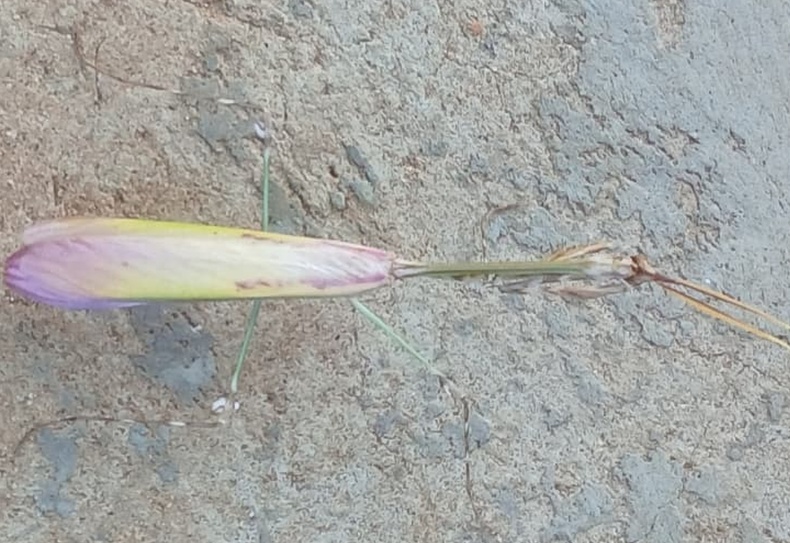
Needless to say, after spotting this unique beauty, we were inspired to go in search of just a couple more interesting insects to transform an otherwise ordinary start of the week into “Minibeasts Monday!”
A smaller mantis was one of our first spots of the morning. The brown colour of this mantis helps it to camouflage in its habitat. Interestingly, praying mantis species have been known to change colour after molting in order to better match their surroundings.
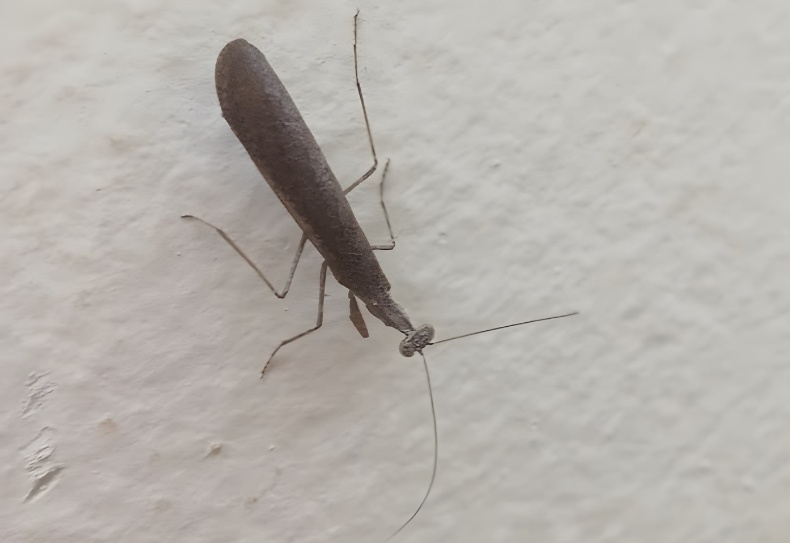
Dragonflies, also insectivores, have four wings that move independently, making them both strong and agile. Sometimes referred to as “Nature’s Helicopters,” their preferred habitats are wetlands or swampy areas, where they generally have their breeding grounds. The beautiful pale blue dragonfly was kind enough to stop for the few seconds we needed to take its picture.
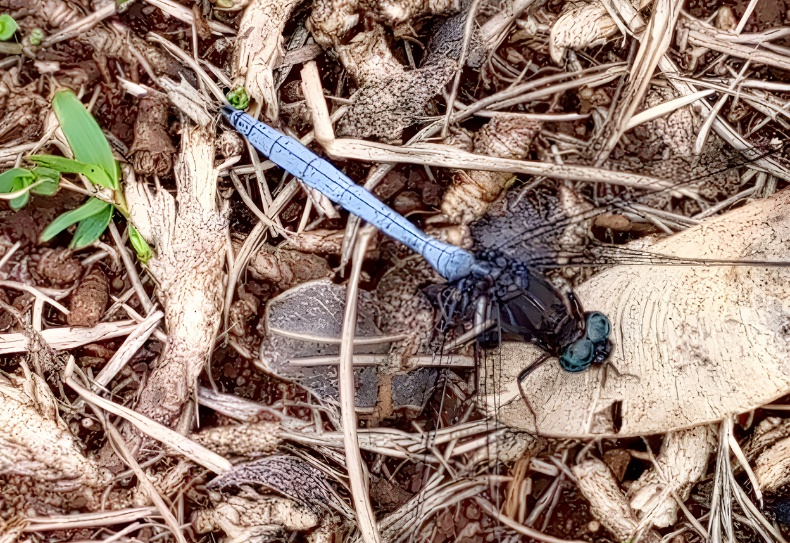
This much smaller dragonfly (or damselfly) is the Acanthagrion quadratum, or Mexican wedgetail.
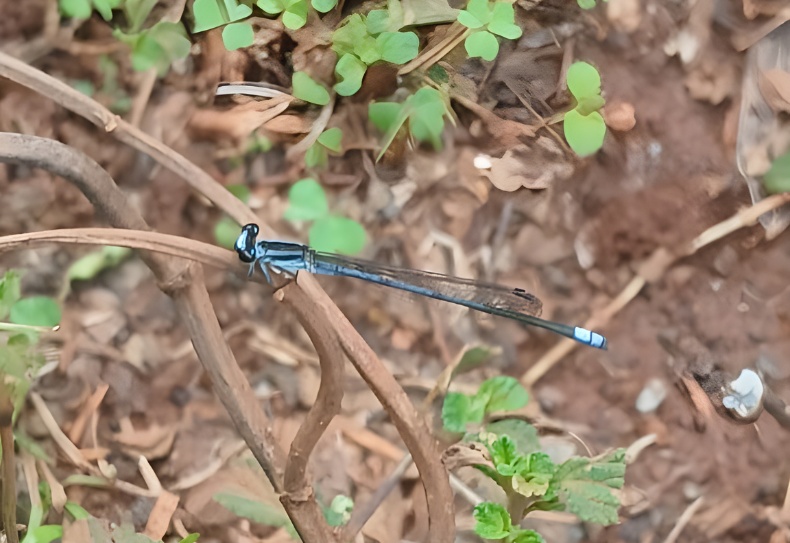
The glossy sheen on this small moth’s wings give it its name – the white satin moth (Leucoma salicis)
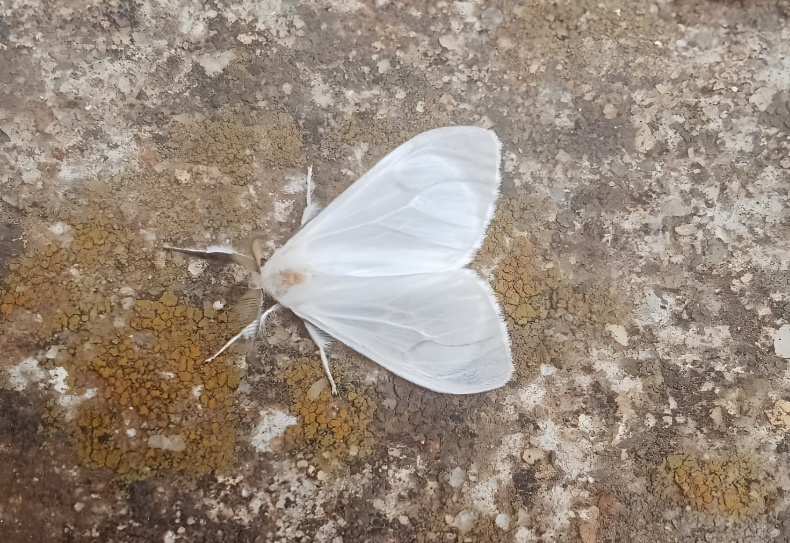
Bees and wasps are another common sighting around the forest. These insects are both crucial pollinators that are essential in any ecosystem. Flowering plants depend on these agents for their reproduction, so spotting lots of them is always a good indicator of thriving forest health.
We’d love to spend more time searching for more fascinating insects, but that’s all we could fit in today. Rest assured, we’ll keep our eyes open for more of the forest’s amazing creatures, and we can’t wait to share them with you soon!
By Julie Kimutai
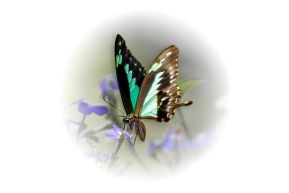

The Karura Forest Environmental Education Trust — KFEET — was established in 2010 to promote environmental education and provide a centre for learning about forest ecosystems.
Copyright © 2024 KFEET. All Right Reserved.